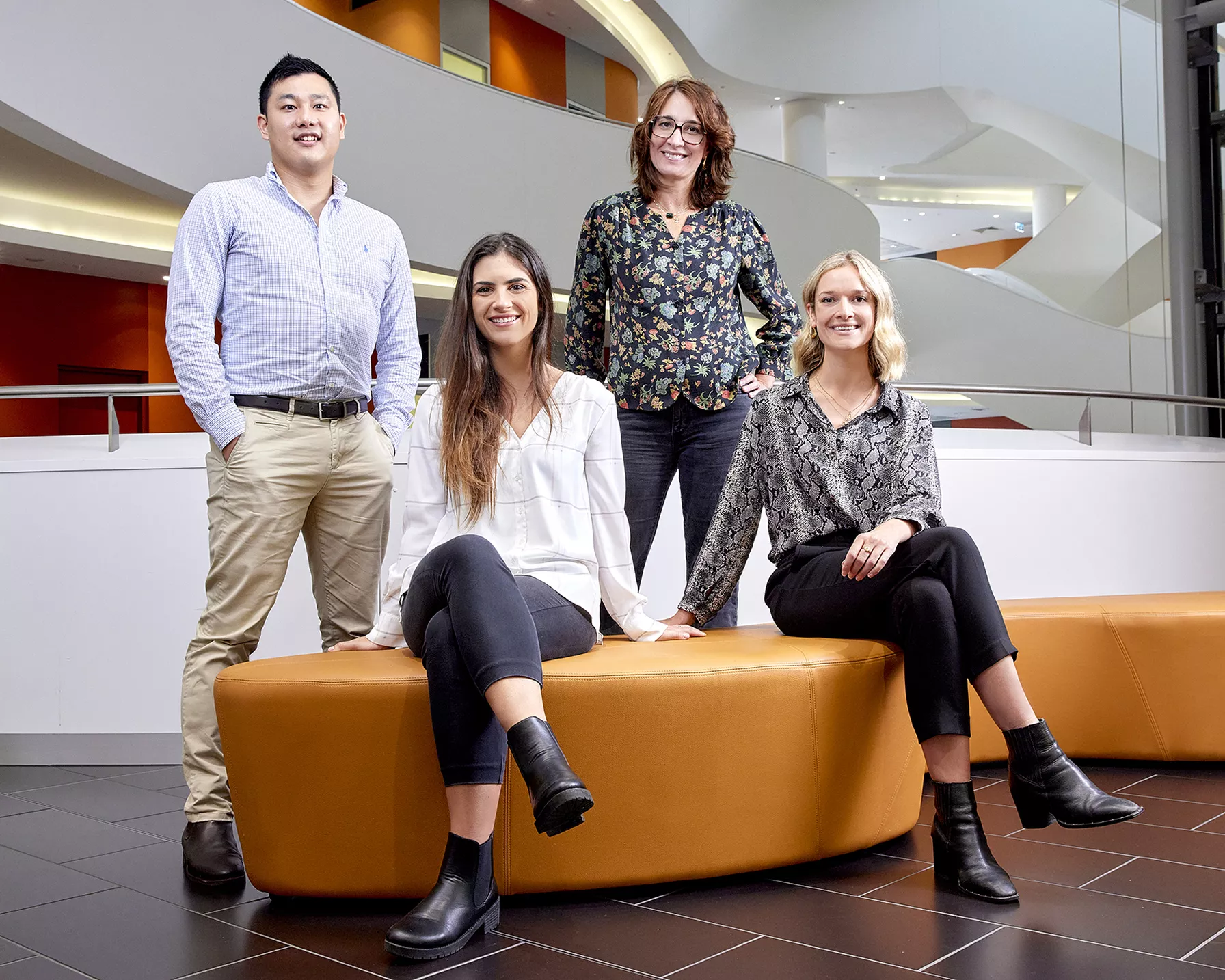
Why are you so passionate about research into congenital heart disease?
I just am so passionate about my patients, and the work is very rewarding. So many people were never expected to even get through school, let alone university, or go on to have a family.
But one of my patients is now a junior surgeon, who’s looking after one of my other patients. She sent me a message to say how well her patient is doing, ‘better than I was on day two post-op’ – which really shows the advances of research and how it can save or extend lives. It makes me so proud.


